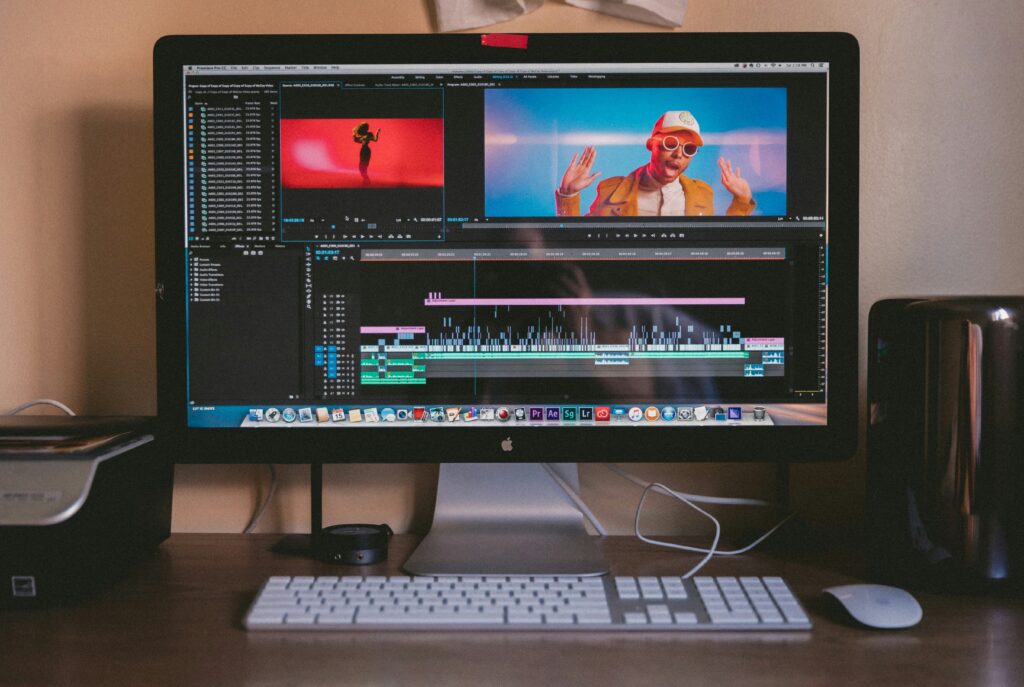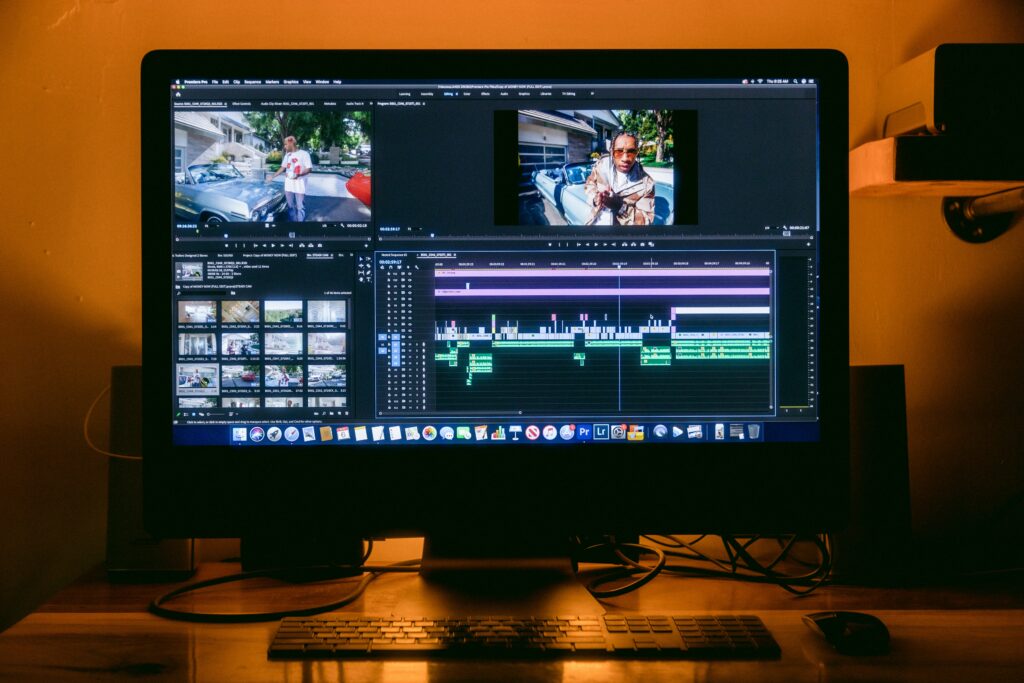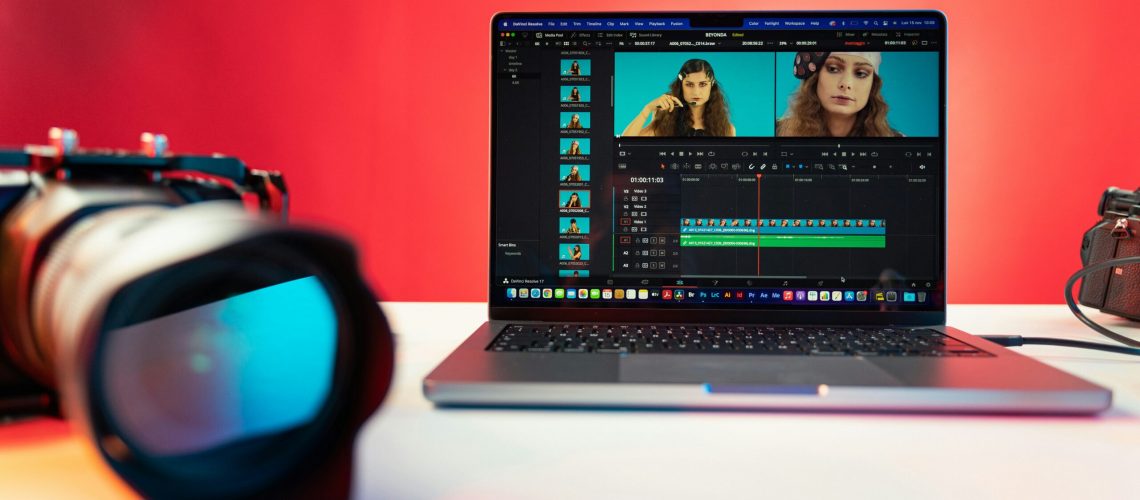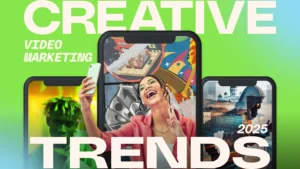Visual storytelling, the art of telling a story through images and visuals, plays a crucial role in engaging audiences and creating memorable experiences. As technology advances, the tools and techniques available to video producers have evolved, leading to the emergence of special effects (SFX) as a transformative element in modern visual storytelling.
Special effects have redefined how stories are told on screen, enabling filmmakers and content creators to craft immersive, otherworldly experiences that captivate viewers and elicit strong emotional responses. From creating fantastical worlds to bringing the impossible to life, SFX have become indispensable in video production. At the forefront of this revolution is HUSTL Media, a leader in utilizing innovative special effects to elevate their video productions and push the boundaries of what’s possible in visual storytelling.
The Evolution of Special

The journey of special effects in film and video is a fascinating evolution from simple practical techniques to sophisticated digital wizardry.
Early Cinema and Practical Special Effects
In the early days of cinema, special effects were achieved through practical methods. Filmmakers like Georges Méliès pioneered the use of in-camera tricks and stage effects to create illusions on screen. Méliès’s work in the early 1900s, including A Trip to the Moon (1902), demonstrated the potential of practical effects to create magical, otherworldly experiences. These early effects were often achieved through creative use of props, lighting, and innovative filming techniques.
The Rise of Digital Technology
The late 20th century marked a significant turning point with the introduction of digital effects. The advent of computer-generated imagery (CGI) allowed filmmakers to create highly realistic and complex visual elements that were impossible to achieve with practical effects alone. Landmark films like Jurassic Park (1993) and Terminator 2: Judgment Day (1991) showcased the power of CGI to create lifelike dinosaurs and futuristic robots, respectively. These milestones demonstrated the immense potential of digital effects in enhancing storytelling and expanding creative possibilities.
The Current Era and Beyond
In recent years, the evolution of special effects has continued with advancements in software, motion capture technology, and virtual production techniques. These innovations have opened new avenues for storytelling, allowing filmmakers to blend practical and digital effects seamlessly. Today, special effects are more integrated and sophisticated than ever, with a focus on creating hyper-realistic visuals and immersive experiences. HUSTL Media is at the forefront of this evolution, utilizing cutting-edge technology to push the boundaries of visual storytelling.
The Role of Special Effects in Enhancing Narrative
Special effects are not just about creating visually impressive moments; they are integral to enhancing the narrative and emotional impact of a video production.
Creating Atmosphere and Building Tension
Special effects are essential for establishing the atmosphere and tone of a story. For instance, in a horror film, the use of fog, eerie lighting, and unsettling sound effects can create a sense of dread and suspense. These elements immerse the viewer in the story’s world and amplify the emotional stakes. By manipulating visual and auditory cues, special effects help to build tension and heighten the audience’s engagement with the narrative.
Conveying Complex Emotions
Special effects can also be used to represent abstract concepts and emotions that are difficult to convey through traditional storytelling methods. For example, in a drama, CGI might be used to create visual metaphors that reflect a character’s internal struggles. This could include visual representations of thoughts, memories, or emotional states, adding depth and nuance to the character’s journey. By using SFX to externalize internal experiences, filmmakers can create a more immersive and emotionally resonant narrative.
Enhancing Action and Fantasy
In genres like action and fantasy, special effects are crucial for bringing fantastical elements to life. Whether it’s a high-octane action sequence or a magical spell, SFX allow filmmakers to create dynamic and visually spectacular scenes that captivate audiences. HUSTL Media leverages these effects to craft thrilling and imaginative sequences, enhancing the storytelling experience and leaving a lasting impression on viewers.
Types of Special Effects Used in Video Production

Special effects can be categorized into several types, each serving a unique purpose in video production. Understanding these types is essential for effectively incorporating SFX into a project.
Practical Effects
Practical effects involve creating illusions through tangible, real-world techniques. This includes everything from pyrotechnics and animatronics to prosthetics and miniature models. Practical effects are often used when a physical, hands-on element is required, such as a realistic explosion or a creature costume. These effects are valued for their ability to add a sense of realism and immediacy to scenes.
Computer-Generated Imagery (CGI)
CGI involves creating visual elements using computer software, allowing filmmakers to generate anything from lifelike characters to entire digital environments. CGI is highly versatile and can be used for subtle enhancements, such as background elements, as well as major visual spectacles, such as epic battles or fantastical creatures. The flexibility of CGI makes it a staple in modern video production.
Motion Capture
Motion capture, or mocap, records the movements of actors and translates them into digital characters. This technique is especially useful for animating characters that do not exist in the real world, such as aliens or mythical creatures. The actor’s performance is captured through sensors, allowing for realistic and natural movements in the digital character. Motion capture has become a critical tool for creating believable and engaging animated characters.
Compositing
Compositing is the process of combining multiple visual elements from different sources into a single image. This technique often involves using green screen technology to replace backgrounds or integrate digital elements into live-action footage. Compositing allows filmmakers to blend different layers of visuals seamlessly, creating complex and cohesive scenes.
HUSTL Media expertly employs these various types of special effects to enhance their video productions. By selecting the appropriate techniques for each project, they create visually stunning and narratively compelling content.
The Impact of Special Effects on Audience Engagement
Special effects play a significant role in capturing and maintaining audience engagement. Studies and statistics demonstrate the effectiveness of SFX in enhancing viewer interest and emotional responses.
Viewer Retention and Shareability
Research has shown that high-quality special effects can increase viewer retention and shareability. For example, a study by Nielsen found that content featuring impressive visual effects is more likely to be remembered and shared by viewers. This suggests that SFX not only capture attention but also create a lasting impact that encourages viewers to engage with and promote the content.
Emotional Connection
Special effects can also enhance emotional connection by creating immersive and visually striking experiences. A study by the University of California found that viewers are more likely to experience heightened emotional responses to content with well-executed special effects. This increased emotional engagement can lead to a stronger connection with the narrative and characters.
HUSTL Media’s use of special effects exemplifies how these techniques can enhance audience engagement, resulting in content that resonates with viewers and stands out in a crowded media landscape.
Challenges in Implementing Special Effects

While special effects offer numerous benefits, they also come with their own set of challenges.
Budget Constraints
Special effects can be expensive, particularly when utilizing advanced techniques or high-end equipment. Budget constraints can limit the scope of the effects and impact the overall production quality. HUSTL Media addresses these challenges by carefully planning and prioritizing their effects work, ensuring that they maximize the impact of their budget while achieving the desired results.
Technical Difficulties
Implementing special effects involves complex technical processes and equipment. From ensuring that CGI elements match the lighting and perspective of live-action footage to managing the integration of practical effects on set, technical difficulties can arise at various stages of production. HUSTL Media’s expertise and experience in handling these technical challenges ensure that they deliver high-quality effects that enhance the final product.
Skilled Professionals
Creating effective special effects requires a team of skilled professionals, including visual effects artists, animators, and technicians. Finding and retaining top talent can be a challenge, particularly in a competitive industry. HUSTL Media’s reputation for excellence and their commitment to fostering a talented team help them overcome this challenge and deliver exceptional results.
Future Trends in Special Effects
The future of special effects in video production is an exciting frontier, with new technologies and innovations constantly pushing the boundaries of what’s possible.
Virtual Reality (VR)
Virtual reality technology allows viewers to experience a fully immersive environment, providing a new way to engage with content. Special effects in VR can create realistic and interactive experiences that place viewers directly within the story. HUSTL Media is exploring VR as a tool for creating innovative and immersive video productions that offer a new dimension of engagement.
Augmented Reality (AR)
Augmented reality technology overlays digital elements onto the real world, creating interactive experiences that blend the virtual and physical. Special effects in AR can enhance live events, advertisements, and other content by adding dynamic visual elements that interact with the real world. HUSTL Media is exploring AR to create engaging and interactive content that captures audience attention in new and exciting ways.
Artificial Intelligence (AI)
AI-driven effects offer the potential for advanced visual manipulation and automation. From generating realistic animations to enhancing video editing processes, AI can streamline workflows and create sophisticated effects with greater efficiency. HUSTL Media is at the forefront of adopting AI technologies to enhance their special effects capabilities and deliver cutting-edge video productions.
Conclusion
Special effects have revolutionized visual storytelling, enabling filmmakers and content creators to craft immersive, captivating experiences. From practical effects to advanced digital techniques, special effects have expanded the possibilities of storytelling, offering richer, more engaging narratives.
At HUSTL Media, a top video production company in Las Vegas, we specialize in integrating innovative special effects into our projects. By leveraging cutting-edge technology, we elevate our video productions, ensuring they remain at the forefront of industry trends. Whether through Las Vegas video production or film production in Las Vegas, our commitment to pushing creative boundaries ensures visually stunning content that captivates and inspires.
Special effects aren’t just about creating impressive visuals—they enhance narrative depth and emotional engagement, transforming video production into unforgettable experiences that leave a lasting impact on viewers.
To book our services, kindly send us an email at Art@HUSTLMedia.com or directly call us at (702) 980 -9620. You may also learn more about us and our campaigns by visiting our website – HUSTL Media.




